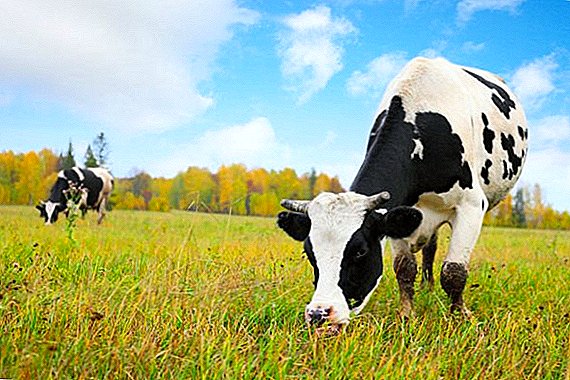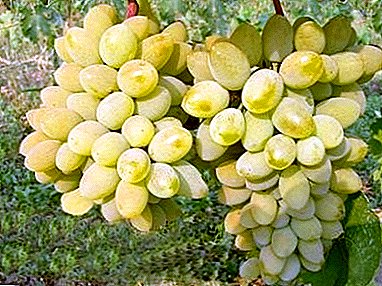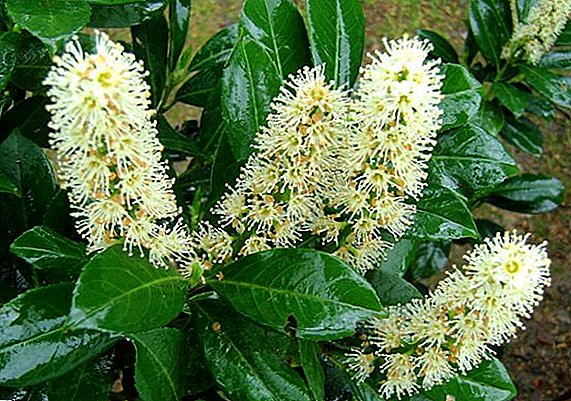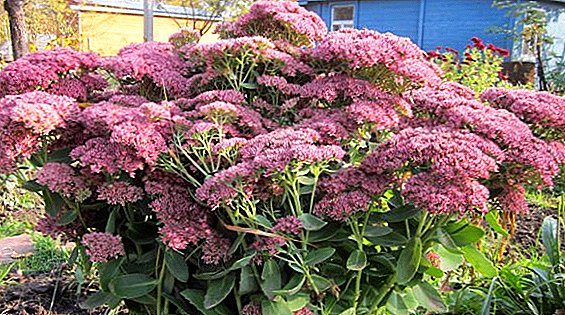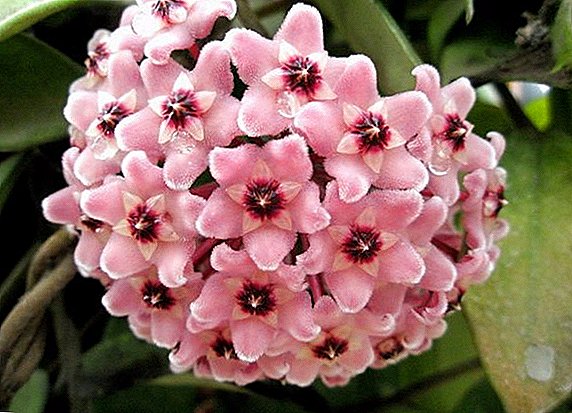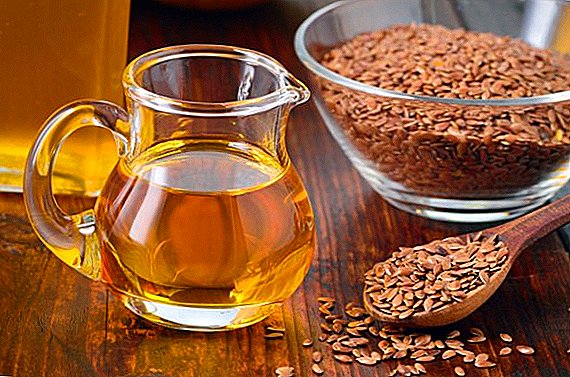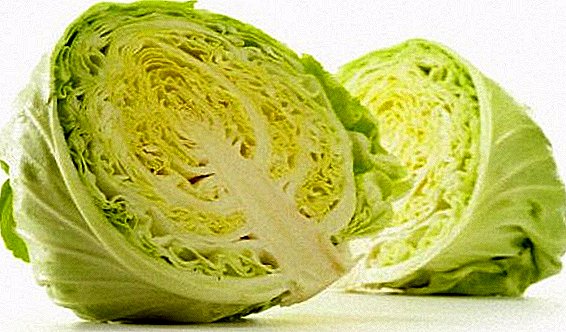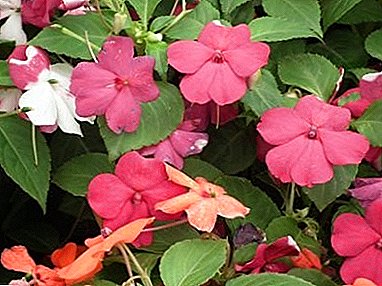
The ancestors of indoor balsams originate from the African and Asian tropics - and numerous modern varieties with colors of all shades and combinations of white, orange, red and purple inherited from their "wild" ancestors the ability to bloom almost throughout the year.
In fact, the buds of a well-groomed plant unfold very early in spring and continue to form and bloom until late autumn, which is already passing into winter.
Why does not bloom room bloom?
If balsam bloom suddenly stops or does not start at all, you need to carefully check the conditions in which the plant is containedliterally points:
Illumination
In tropical Asia and Africa, the birthplace of balsamines, the day is long and full of sunlight. Therefore, those plants that do not lack of coverage. You need to move the container to a brighter place (but not in the sun). If this is not possible, or the daylight time has decreased by the season, it is necessary to organize the additional lighting.
Frequent permutations are also undesirable.
Temperature
Optimal temperature in the summer - 20-22 degrees, in winter - not less than 15 degrees. This value + 15ºС - critical: at lower temperatures, flowering stops.
Sudden temperature drops, strong drafts also lead to dropping of buds.
Watering

The land in the container should always be moisturized (but not stagnant and wet).
Humidity and fresh air
If the plant is kept at a temperature 20 degrees and abovesure regular spraying; in this case, the spray should not fall on the flowers.
In the summer, very desirable outdoor "vacations", on the balcony, with protection from the intense midday sun.
Landing capacity
If the container is too large, the main forces of the balsam go to the development of the root system and the development of the soil, and not to bloom.
Top dressing
From March to September-October, bi-weekly feedings should be carried out with complex fertilizers with obligatory presence. potassium and phosphorus - elements necessary for flowering plants. The excess of nitrogenous compounds, "feeding" only the green mass, should not be.
Defeat pests and diseases

You need to carefully examine the plant: perhaps it spider mite, whitefly or aphid weakens vitality. As an emergency, apply the treatment of affected areas with soapy water, warm shower. However, these insects will most effectively eliminate systemic insecticide.
If a constant excess of moisture in the soil is combined with a low temperature (too cool a room or watering with cold water), it is possible rotting stalks and root system.
In this case, the balsam is not until flowering. Need to remove damaged parts and urgently optimize watering and temperature.
In the case of a far-gone process, you should choose healthy cuttings for reproduction, root them and keep them in optimal conditions, and get rid of the rest of the plant and wash the pot well.
A healthy plant in a slightly cramped container, not affected by pests, standing on a bright, mostly diffused, light, at a temperature of about 20 degrees, moderately watered with regular spraying, will fully manifest its abundant tropical nature.
Flowers of characteristic shape with spurs, simple and terry, with a border or spots, white, pink, carmine and purple will cover the balsam from March to November.
A photo
Next you will see a photo of the Balsam bloom:




- Below is a list of articles that may be of interest to you:
- Types of Balsam:
- Balsam Waller
- Balsam Camellia
- Balsam Novogvineysky
- Balsam Terry
- Garden Balsam
- Care for Balsamine:
- Diseases and pests Balsam
- Balsam Reproduction
- Proper landing Balsam


